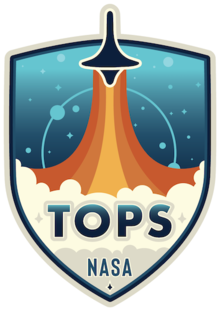Stanford Open By Design
Many early career researchers wish to adopt open science practices but struggle with the necessary techniques, either due to a lack of documentation in their domain of research or due to the lack of necessary technical background. The Center will address this gap by providing training and resources to researchers across campus in open science practices, particularly focused around the sharing of research objects (including data, code, and platforms), open access publication, and the incorporation of reproducible procedures for data analysis and manuscript generation.
When we launched CORES and started the Open By Design Handbook in 2020, our goal was to write a definitive guide for open science practice that could scaffold to include disparate disciplines across all of Stanford’s schools. We were early, as at the time there was no such guide. A lot has happened in the last 3 years: we have joined HELIOS, and are delighted to see all the positive ripple effects of the Year of Open Science, initiated by NASA, now joined by OSTP and 11 federal agencies.
CORES + NASA TOPS
We are proud to announce that starting in 2023, Stanford CORES is joining with NASA TOPS (Transform to Open Science) for the development of our instructional materials. We are deprecating our own introductory materials, in favor of NASA’s Open Science 101, which is in its debut year, seen most recently at AAAS. We plan to deepen this relationship in the development of the more advanced and discipline specific guidance in the forthcoming “Science Core” where Stanford contributions can really shine.
We encourage all those that are interested to register now to hear about future free workshops, virtual cohorts, and the online course! And keep an eye out for more Science Core developments this year.

